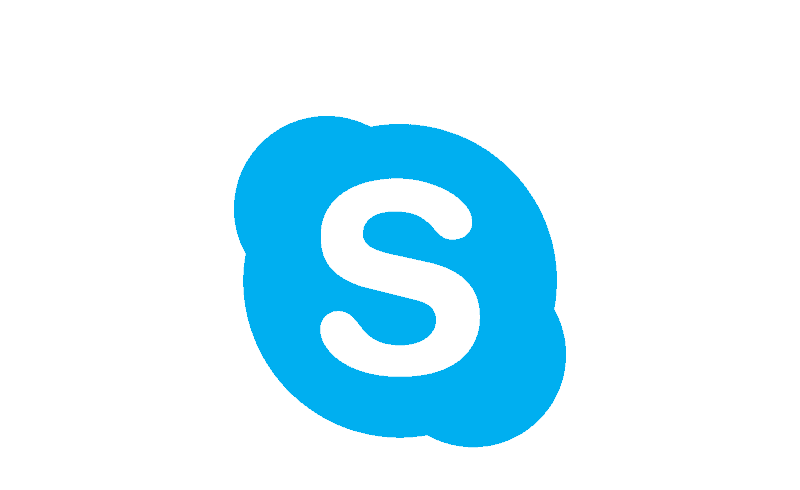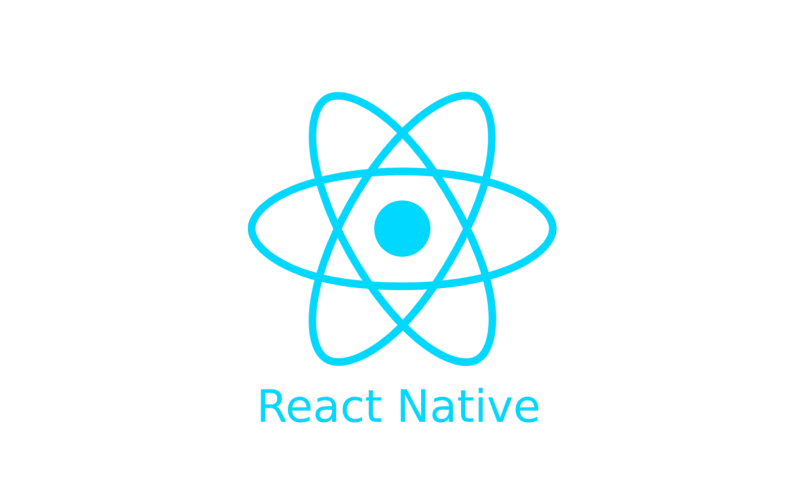React Native was first released by Facebook in 2015 and has quickly become one of the most popular cross-platform frameworks available on the market. Millions of mobile development teams have made React Native their primary framework for designing and developing their applications for the iOS and Android platforms. Its usage comes with great advantages if used wisely and for the right use cases.
What is React Native?
React Native is a powerful and versatile cross-platform mobile application development framework. Developers can create high-quality applications that seamlessly run on both iOS and Android devices, saving time and effort. The framework uses the React JavaScript library, renowned for its robustness and flexibility. React Native offers a wide range of tools, components, and community support to bring a variety of app ideas to fruition.
React Native’s popularity lies in its single codebase advantage, reducing development overhead and ensuring consistent user experiences across platforms. Previously, developers had to choose between separate iOS and Android apps or focus on one platform.
Developers can create apps that seamlessly integrate with iOS and Android, eliminating separate cycles. This can not only help streamline the entire development process but also enable teams to expand their user base without compromising quality or user experience.
A brief history of React Native
Initially developed as an internal hackathon project at Facebook between 2013 and 2015, React Native aimed to tackle mobile application challenges. It was subsequently open-sourced on GitHub, initially supporting iOS and later expanding to include the Android ecosystem.
Between 2016 and 2018, React Native gained traction by enabling support for platforms such as Windows and Tizen. This period also saw the introduction of the Keyboard API and version 0.56, which emphasized stability. From 2019 to 2022, React Native integrated Hermes, an open-source JavaScript engine, to optimize performance.
React Native version 0.70 further solidified Hermes as the default engine, with additional features including full CMake support for Android builds and updated documentation. These developments propelled React Native into a versatile and reliable framework, letting developers make powerful cross-platform applications.
Why use React Native?
React Native is a cross-platform JavaScript framework with a dedicated and international community. Organizations can leverage React Native’s large existing workforce and save resources as they only have to develop and maintain one codebase. Millions of developers use JavaScript, to some extent, in web development. Transitioning over to using React Native is relatively easy.
Advantages of React Native
As more and more organizations switch over to React Native for mobile development, existing Kotlin and Swift native codebases can be integrated with the React Native framework, as long as developers are using JavaScript. Here are some of the main benefits of using React Native:
Native views and components | React Native uses the corresponding mobile platform’s native views and components instead of WebView. This allows React Native to run with near-native performance on both the iOS and Android platforms – avoiding several known issues with WebView. |
Quicker development | With immediate visual feedback when making changes to the code, React Native allows developers to view these changes in the emulator. This is great for developers because it eliminates the need to write a slew of features before updating or pushing the changes to GitHub. Developers don’t have to wait for the server to reflect the changes. |
Reusable code | React Native helps developers streamline their work as they only need to develop a single codebase for their cross-platform applications. It allows more versatility without needing to dive into the different ecosystems and language-specific intricacies. |
Reduces cost | Developers only work with one codebase in a single language (JavaScript), potentially reducing the cost of developing, testing, deploying, and maintaining applications across the iOS and Android platforms. |
Simple UI | React Native provided many useful UI components that are native to both iOS and Android platforms. Simple UI elements help with app loading times and offer a smooth user experience. |
Community support | The open-source nature of this JavaScript framework allows developers to contribute to the framework’s development and maintain its code. React Native is freely accessible, has extensive supporting documentation and guides, and has a large and active community from around the globe. |
Who uses React Native?
Several tech companies including Facebook, Microsoft, Pinterest, Discord, and Instagram switched from native iOS or Android to React Native for their mobile application.

As the creators of React Native, Facebook moved to use it as its go-to development technology for part of its mobile app. Facebook used it to redesign and develop many of its products without needing additional developers to maintain new designs.

Instagram was already migrating to React Native due to its lower cost. Much of its application was in the design of simple and existing elements, which in turn improved the speed of development.

Skype revamped its entire application in a bid to fix many of the issues in the previous iteration. Many parts of the application were stripped down or overhauled, and redesigned, emphasizing a better interface and end-user experience.
Disadvantages of React Native
React Native offers many advantages and can prove very useful under certain conditions. However, like other mobile development frameworks, it comes as no surprise that there are some drawbacks worth considering:
Complexity and debugging issues:
React Native is known for its simplistic elements. While these elements help develop high-performance applications on mobile, they are not designed with complexity or advanced interactions with the native operating system in mind. Debugging React Native applications requires basic knowledge of each ecosystem’s native language.
Performance:
React Native aims to close the mobile development gaps between different ecosystems by mimicking the native applications as closely as possible. The caveat is that cross-platforms like React Native don’t match the performance of natively-built applications. Performance is impacted and often reduced, especially when using lots of animations and constantly changing elements.
Poor customizability:
React Native lacks many custom elements within its framework. While the framework is working toward enhancing its customizability through frequent style updates and feature improvements, there is still room for improvement when compared to native frameworks (e.g., Swift for iOS).
Poor stability:
React Native is a relatively young framework with many changes constantly being implemented in its source code. For long-term mobile application development, React Native may not be the most robust choice.

